
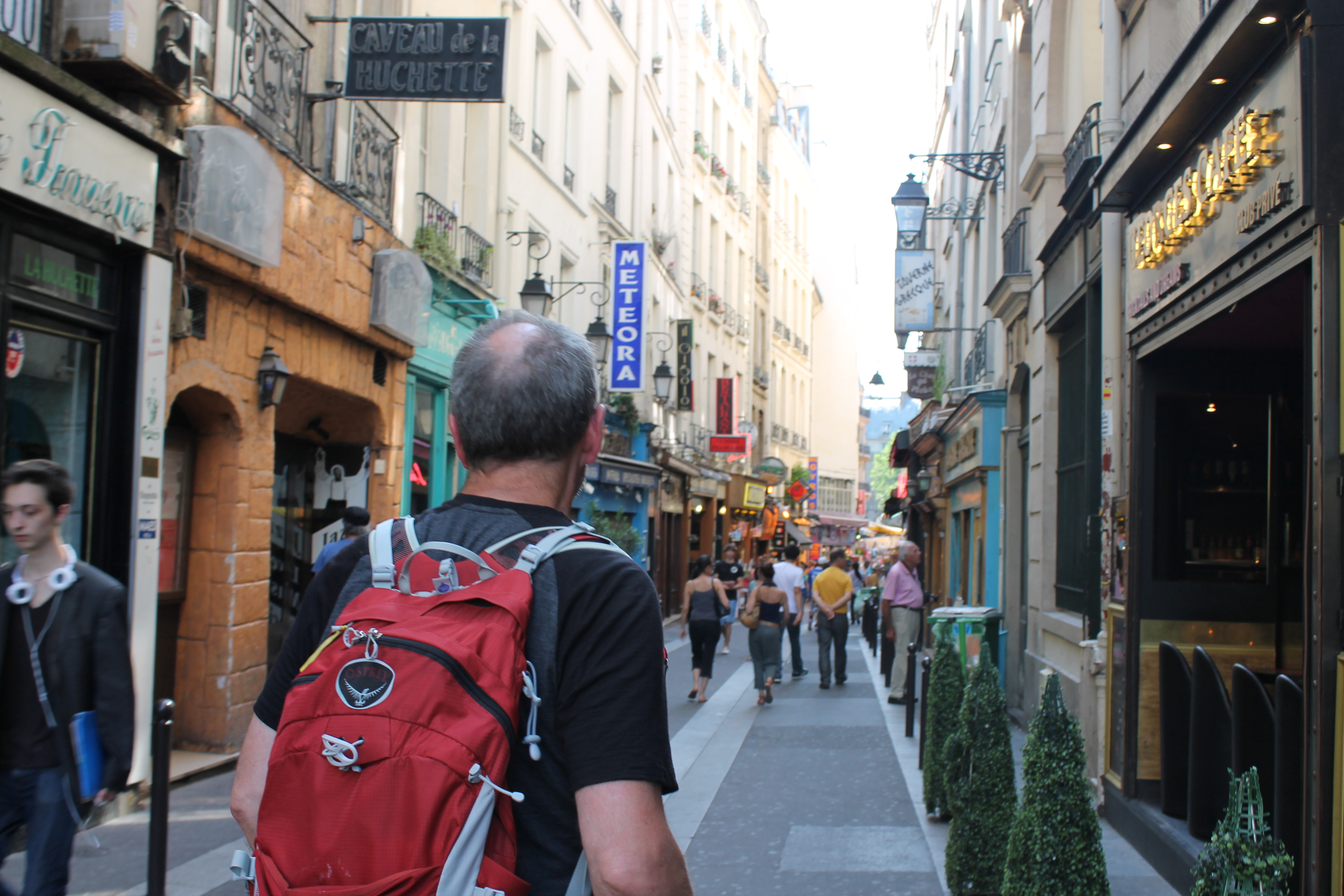


A friend asked if I had any recommendations for books or articles on the benefits of walking. Do I? Of course–too many, as I discovered when trying to make a list! So here, for others who may be interested, is a very partial catalogue (under construction) of books and articles in English or translated to English. Some are about specific paths or trails, some are thematic, some meditative, some memoir, some scientific, and many have more than one of these ingredients. My favourite books in this genre combine memoir, humour, historical reminiscence, and observations about walking. So that’s what I’ve also tried to write.
Solvitur ambulando: it is solved by walking
Some suggestions
Horatio Clare, Something of His Art: Walking to Lübeck with J.S. Bach (Dorset: Little Toller, 2018). Nice BBC-style writing (there are podcasts of this as well) about following Bach’s footsteps through paths.
Linda Cracknell, Doubling Back: Ten Paths Trodden in Memory (Glasgow: Freight Books, 2014). Good memoir of esp Scottish trails, combined with travelogue and literary commentary. Available (through a new publisher) on Amazon.
Annie Dillard, Pilgrim at Tinker Creek (San Francisco: Harper and Row, 1974). In some ways, this book helped start the “new nature writing” and its emphasis on walking. Or it picked up on Thoreau, since it’s really about walking and observing in a small area. A classic.
Dwayne Donald, “We Need a New Story: Walking and the wâhkôtowin Imagination,” Journal of the Canadian Association for Curriculum Studies (JCACS) La Revue de l’association canadienne pour l’étude du curriculum (RACÉC) Vol. 18, No. 2, (2021): 53-63. Focusses from nêhiyaw (Cree) perspective on the uses of walking as a way of changing things, including attitudes and history of settlement.
Nancy Louise Frey, Pilgrim Stories: On and Off the Road to Santiago (Berkeley: University of California Press, 1998). This entertaining, well-written book is specifically about the Camino de Santiago as “therapeutic walking”
Frédéric Gros, A Philosophy of Walking (New York: Verso, 2014). Gros focusses on the history of walking and philosophical thinking.
M. Brennan Harris (2019) “The Physiological Effects of Walking Pilgrimage,” International Journal of Religious Tourism and Pilgrimage: Vol. 7: Iss. 1, Article 9. doi:https://doi.org/10.21427/q6de-av43 Available at: https://arrow.tudublin.ie/ijrtp/vol7/iss1/9. Pretty much what it says, and interesting from an exercise scientist’s point of view.
Trevor Herriot, The Road is How: A Prairie Pilgrimage through Nature, Desire, and Soul. HarperCollins, 2014. I know Trevor and have walked with him. He’s a good writer and a keen observer of humanity and nature, and passionate about the environment and justice for Indigenous peoples.
Werner Herzog, Of Walking in Ice. Translated by Martje Herzog and Alan Greenberg (Minneapolis: University of Minnesota Press, 2015). Short and interesting, this account details Herzog’s journey north on foot to visit a supposedly dying friend.
Erling Kagge, Silence in the Age of Noise (New York: Pantheon, 2017). (translated from the Norwegian). Lovely reflection, on the meditative aspects of walking.
Gideon Lewis-Kraus, A Sense of Direction: Pilgrimage for the Restless and the Hopeful (New York: Penguin/Riverhead, 2012). Details three different pilgrimages including Hasidic pilgrimages, in extremely well-written, urban “New Yorker” style. Emphasis on the “restless” part of the title.
Robert Macfarlane, The Old Ways (London: Penguin, 2013). The prototypical English countryside walking book. A classic must-read of the genre, about the English countryside, full of interesting and educational asides.
Lisbeth Mikaelsson, “Pilgrimage as Post-secular Therapy.” Scripta Instituti Donneriani Aboensis 24 (2014): 259–273. Pretty much what it says, as academic treatment.
Robert Moor, On Trails: An Exploration (New York: Simon and Schuster, 2016). An entertaining and well-written general exploration, tending toward the environmental and natural place of walking, rather than the historical.
O’Mara, Shane In Praise of Walking (Bodley Head, 2019). Haven’t read this yet but absolutely will, since it’s by a fellow Dubliner. From a neuroscientist!
Thelma Poirier, Rock Creek (Regina SK: Coteau Books). Poetic explorations of land and history from Poirier’s three day walk to the source of the creek in Wood Mountain. In the tradition of Nan Shepherd and Annie Dillard.
Nan Shepherd, The Living Mountain (Aberdeen: University of Aberdeen Press, 1977). A classic meditation on place and our longing for connection to the natural world, set in the Cairngorm Mountains, Scotland. Walking-and noticing-locally.
Leanne Betasamosake Simpson, As We Have Always Done: Indigenous Freedom Through Radical Resistance (Minneapolis: University of Minnesota Press, 2017); See chapter 9 “Land as Pedagogy.” From Anishinaabe perspective, on land as teacher (walking has a place but secondary, in this treatment)
Rebecca Solnit, Wanderlust: A History of Walking (New York: Penguin, 2000). I still think this is the greatest book of this genre, by a fantastic, insightful, author concerned not only with walking but also with justice.
Solnit, A Field Guide to Getting Lost (New York: Penguin, 2005). Great, but not as good as Wanderlust (or maybe I just compare everything to that).
Thoreau (need I say more?)
Edmund White, The Flâneur: A Stroll Through the Paradoxes of Paris (New York: Bloomsbury, 2001). Interesting for being a perspective about the history and philosophy of urban walking.
Raynor Winn, The Salt Path. (London: Penguin, 2019). More on a specific set of English historic paths, with general observations about walking.
There are LOTS of popular articles about the benefits of walking. A smattering, in no particular order:
https://www.health.harvard.edu/staying-healthy/5-surprising-benefits-of-walking
https://www.theguardian.com/lifeandstyle/2019/jul/28/its-a-superpower-how-walking-makes-us-healthier-happier-and-brainier (based on the book In Praise of Walking by Shane O’Mara; there is a BBC podcast featuring this writer here: https://www.bbc.co.uk/programmes/articles/51SPhn5FKSYRnQNswfnWsN2/8-reasons-why-we-should-all-walk-more )
And last but not least, Matthew Anderson (that’s me!!) The Good Walk. A memoir of how we launched the long-distance pilgrimages that Canadians and Indigenous folks have been taking almost yearly since on traditional trails across the prairies. I’m looking for a publisher!

 Which makes me realize once again that there are many parts to a walking pilgrimage: the journey is only one of them. A big part of any pilgrimage is narrative: the stories that gave rise to the pilgrimage (at Lourdes, for instance, the Marian appearance to Bernadette), but also the stories that come out of the experience of the pilgrims. Like the dozens of crutches left in Brother André’s chapel at St Joseph’s Oratory, Montreal, or the hundreds of pilgrim blogs, videos, books, and poems arising from the Camino de Santiago in Spain, these later stories “layer on” to the original narratives, making the original journeys richer, more complex, and more about the present. A pilgrimage stays ever-present – and ever meaningful – in its re-telling and sharing. For that I’m thankful.
Which makes me realize once again that there are many parts to a walking pilgrimage: the journey is only one of them. A big part of any pilgrimage is narrative: the stories that gave rise to the pilgrimage (at Lourdes, for instance, the Marian appearance to Bernadette), but also the stories that come out of the experience of the pilgrims. Like the dozens of crutches left in Brother André’s chapel at St Joseph’s Oratory, Montreal, or the hundreds of pilgrim blogs, videos, books, and poems arising from the Camino de Santiago in Spain, these later stories “layer on” to the original narratives, making the original journeys richer, more complex, and more about the present. A pilgrimage stays ever-present – and ever meaningful – in its re-telling and sharing. For that I’m thankful.
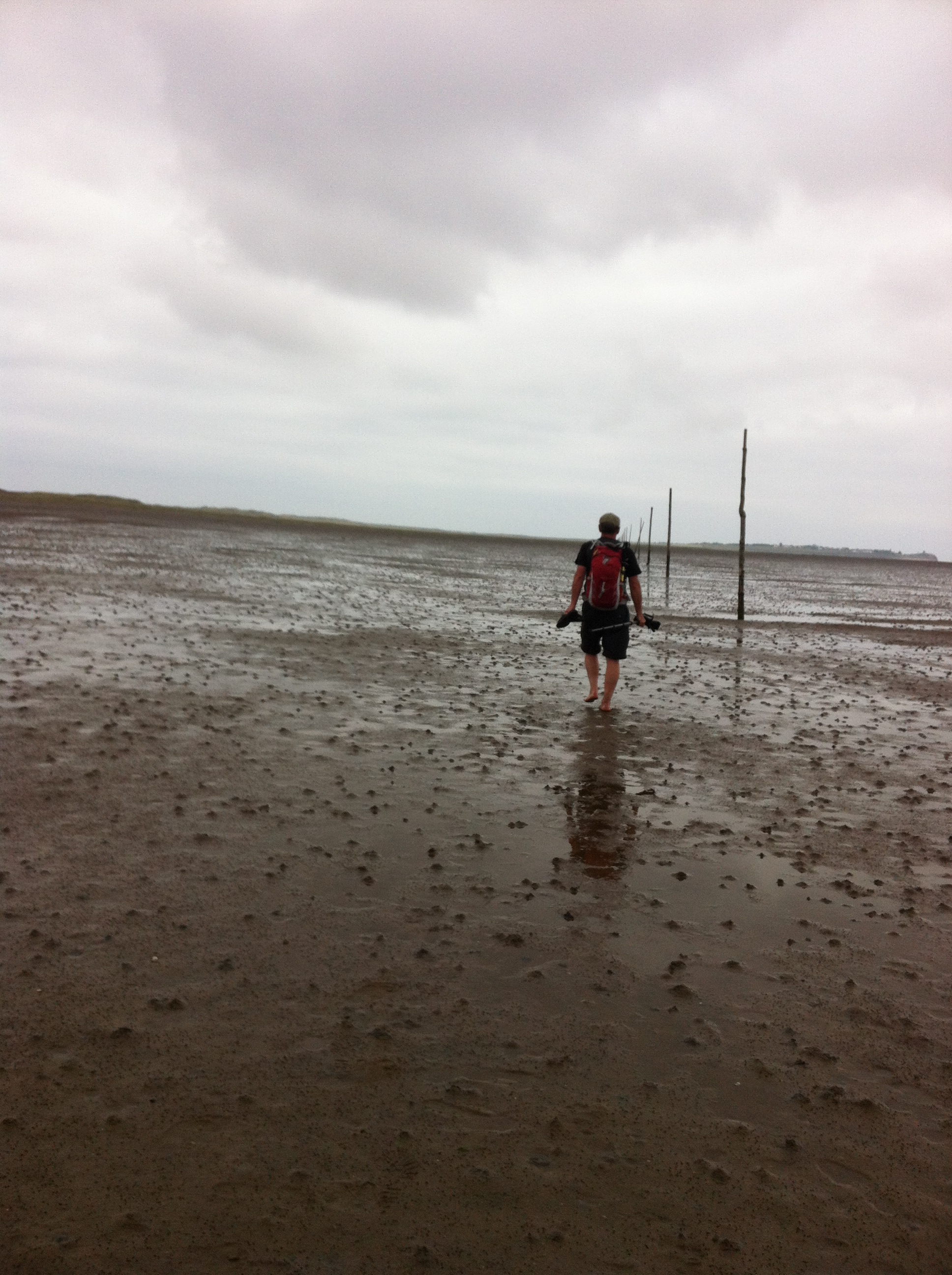
 I’ll introduce you to enthralling paths in Norway, Scotland, England, Iceland, Canada and Indigenous territories, and provide some of the resources you’ll need to walk them. All the while I’ll be telling the stories of the fascinating individuals I’ve walked with and met along the way, and sharing snatches of our conversations, songs, and experiences.
I’ll introduce you to enthralling paths in Norway, Scotland, England, Iceland, Canada and Indigenous territories, and provide some of the resources you’ll need to walk them. All the while I’ll be telling the stories of the fascinating individuals I’ve walked with and met along the way, and sharing snatches of our conversations, songs, and experiences.

















































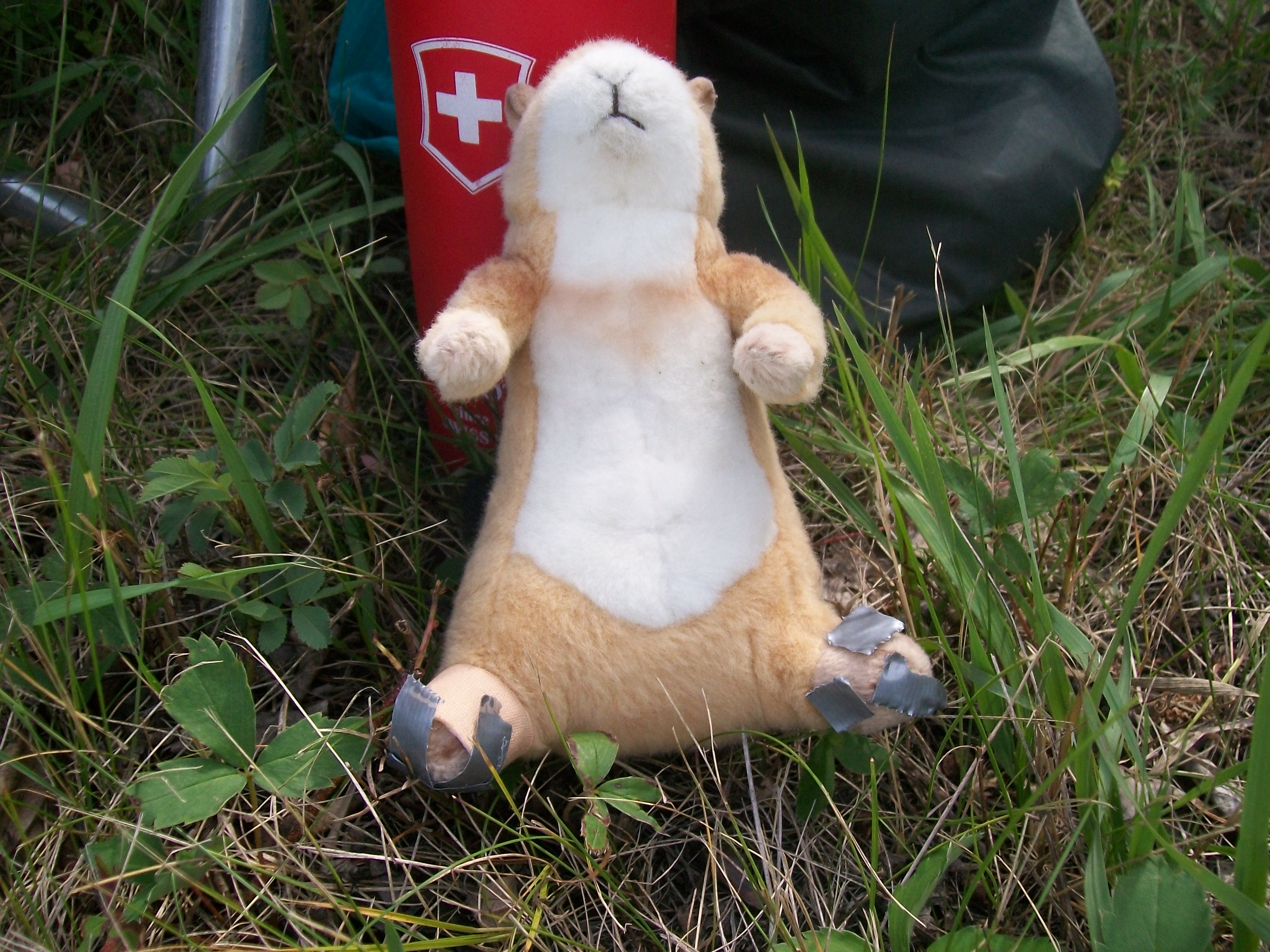
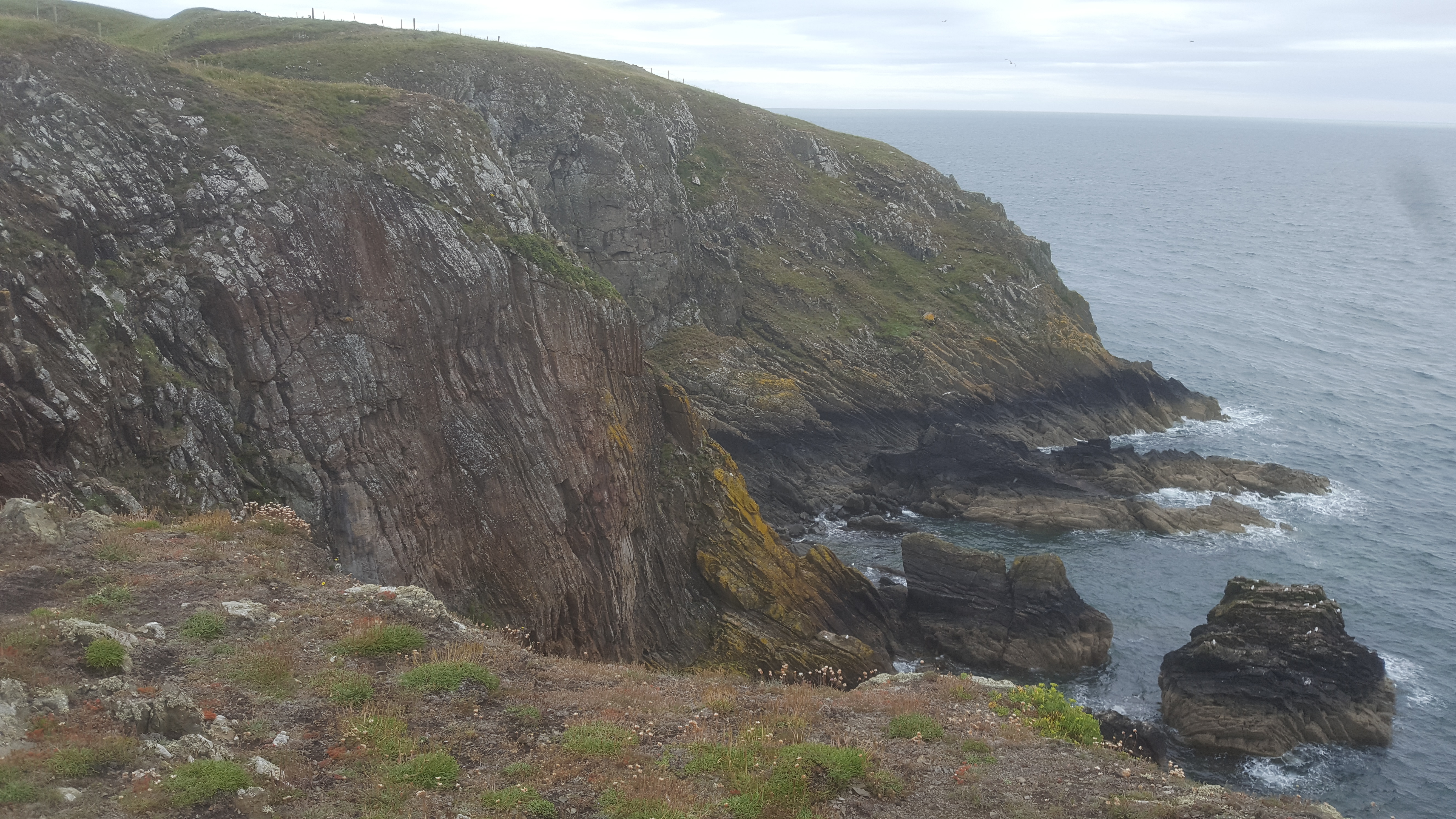 Today was a vertiginous day. It’s the perfect word, although I had to look it up. Vertiginous has two meanings, both true today: extremely high and steep, and suffering from vertigo. I don’t know how the Scots do it. We had just passed through a short section – the worst – where the path was within two metres of the edge and a stumble could easily topple you down 200-feet onto the rocks. A couple ambled toward us with a dog tied to the woman’s waist. When we said hi, she cheerily told us “he has to be tied up. He’s a naughty dog and we had to call the coast guard to fetch him a couple weeks ago.” Hmm.
Today was a vertiginous day. It’s the perfect word, although I had to look it up. Vertiginous has two meanings, both true today: extremely high and steep, and suffering from vertigo. I don’t know how the Scots do it. We had just passed through a short section – the worst – where the path was within two metres of the edge and a stumble could easily topple you down 200-feet onto the rocks. A couple ambled toward us with a dog tied to the woman’s waist. When we said hi, she cheerily told us “he has to be tied up. He’s a naughty dog and we had to call the coast guard to fetch him a couple weeks ago.” Hmm.


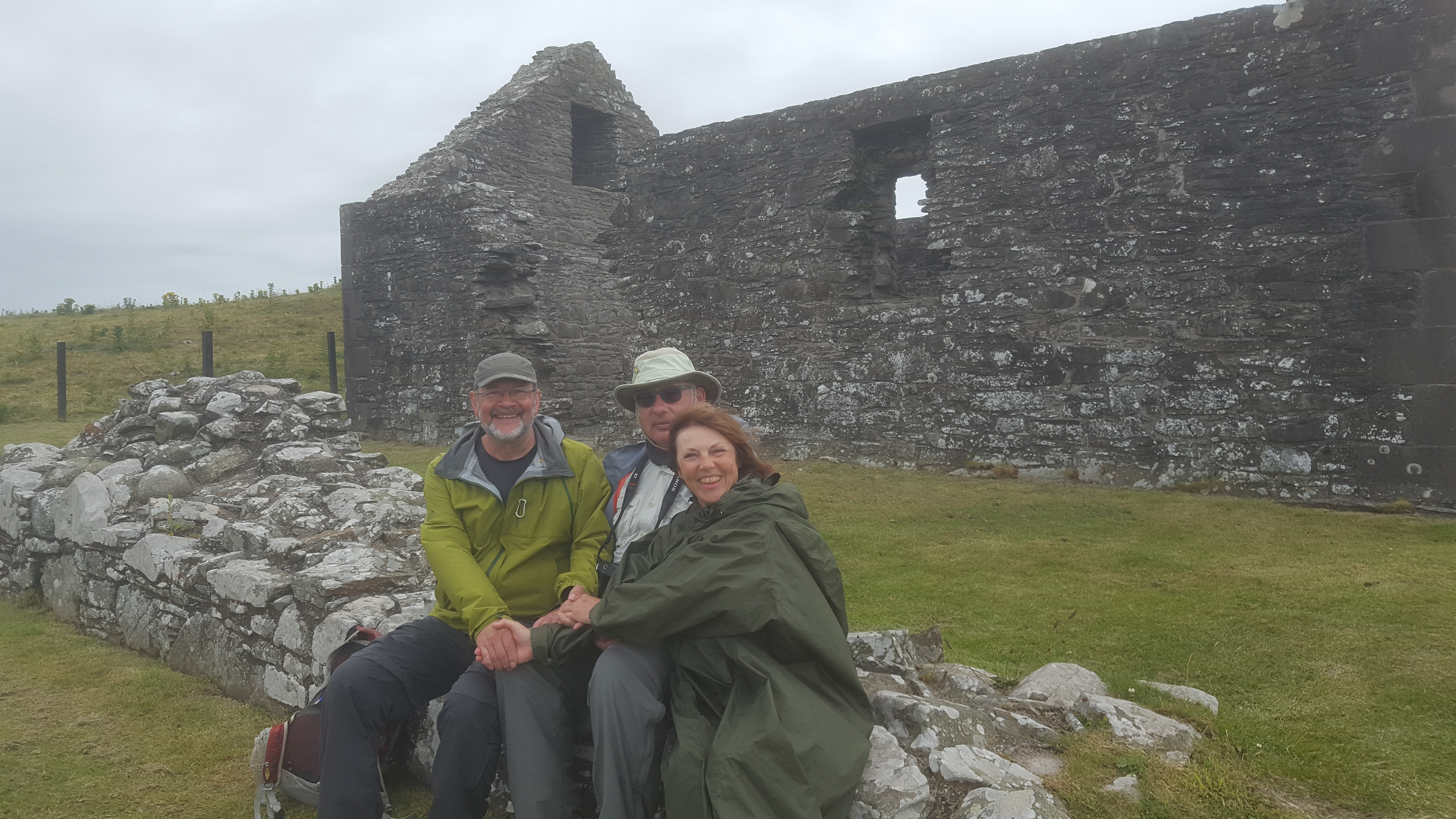

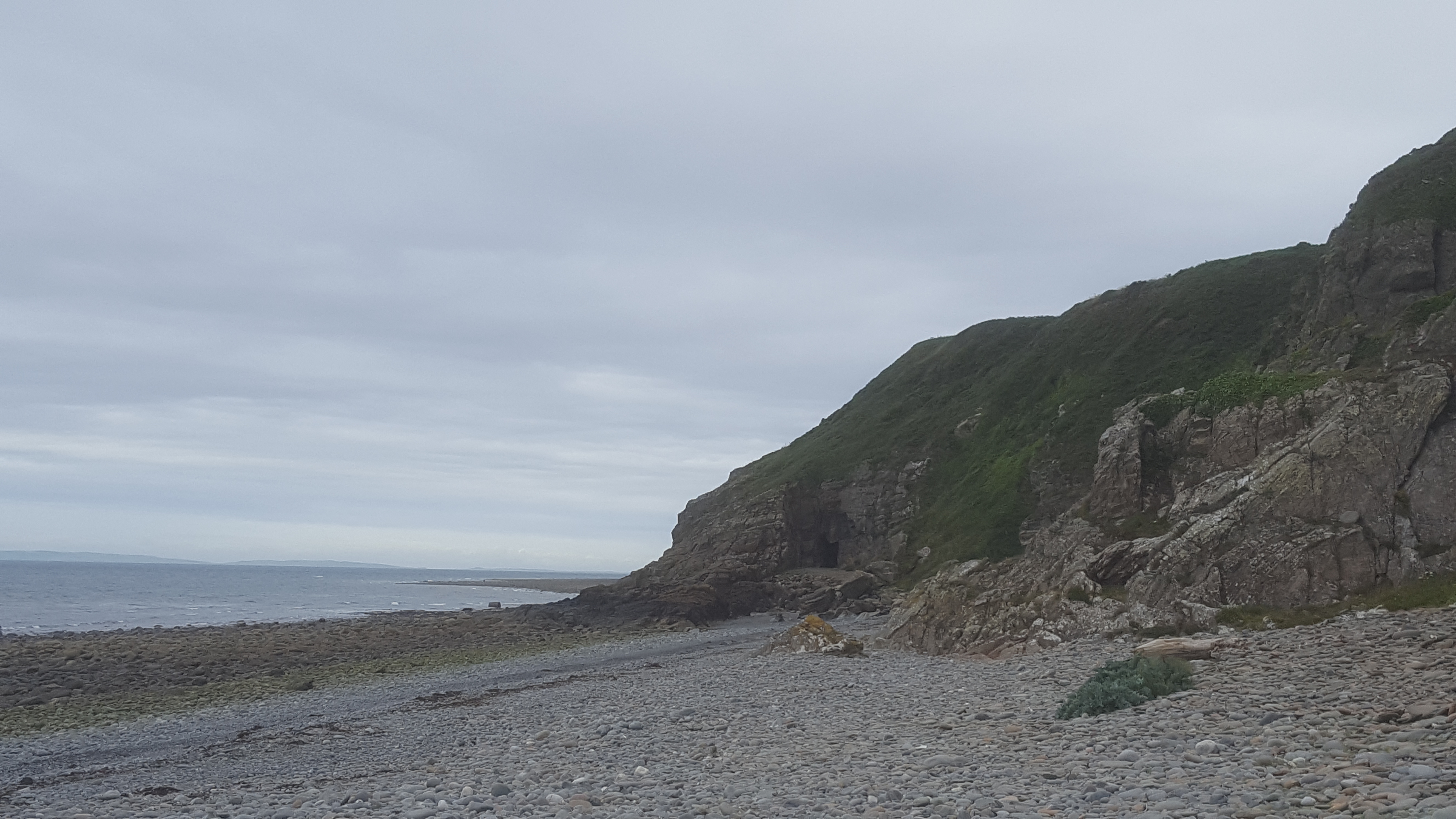

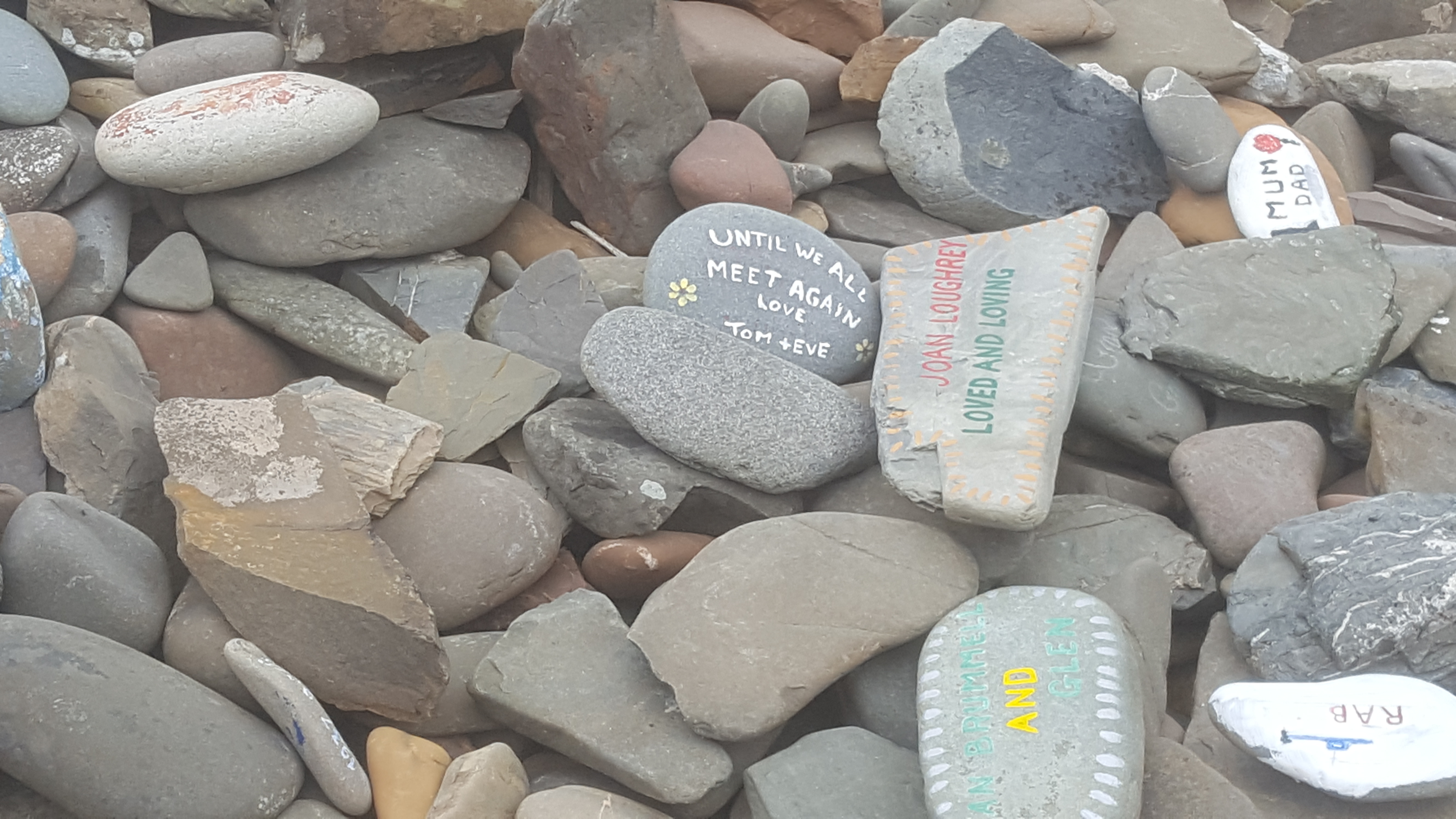




 Secondly, we arrived at our “hikers’ shed” only to find that the lovely & picturesque village of New Luce has no pub, no restaurant, and no store – although all are planned – and that the owners of our accommodation hadn’t been warned we were wanting supper. They very kindly found a can of soup. We were planning to make do with that and some crackers until local walker and walking activist Peter Ross showed up at our door, asking if we needed anything and offering a ride for groceries. Finally, owing to the fact that a local rented cottage won’t receive its guest for a couple days, we got a place to shower! New Luce has got to be the most lovely little village we’ve come across – it’s vying for the flower award for the UK this year.
Secondly, we arrived at our “hikers’ shed” only to find that the lovely & picturesque village of New Luce has no pub, no restaurant, and no store – although all are planned – and that the owners of our accommodation hadn’t been warned we were wanting supper. They very kindly found a can of soup. We were planning to make do with that and some crackers until local walker and walking activist Peter Ross showed up at our door, asking if we needed anything and offering a ride for groceries. Finally, owing to the fact that a local rented cottage won’t receive its guest for a couple days, we got a place to shower! New Luce has got to be the most lovely little village we’ve come across – it’s vying for the flower award for the UK this year.


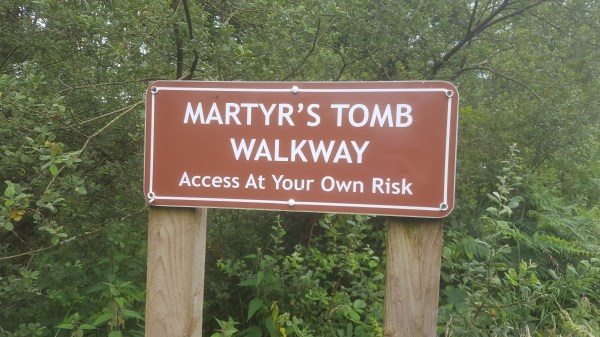 By the way, Peter told us that all the garbage we’d seen on the coast was NOT Scottish: “a lot of that’s drifted in from Dublin and Liverpool and Belfast with the prevailing currents,” he told us, “But we Scots have to clean it up.” On the walk today we came across a poignant reminder, in rural Scotland, of Canada’s international garbage. We could hardly believe what we were seeing!
By the way, Peter told us that all the garbage we’d seen on the coast was NOT Scottish: “a lot of that’s drifted in from Dublin and Liverpool and Belfast with the prevailing currents,” he told us, “But we Scots have to clean it up.” On the walk today we came across a poignant reminder, in rural Scotland, of Canada’s international garbage. We could hardly believe what we were seeing!


